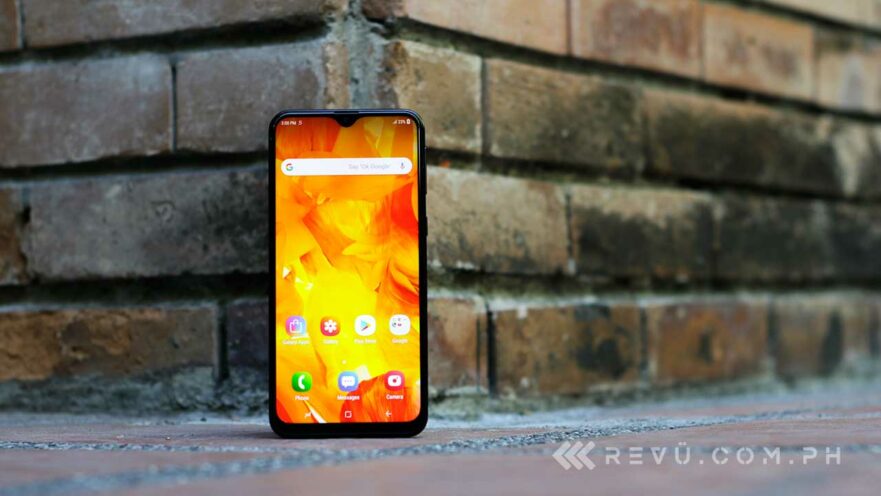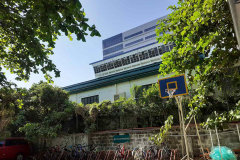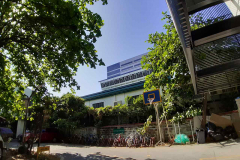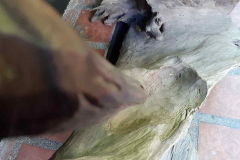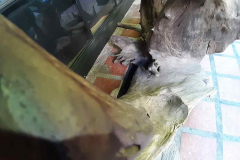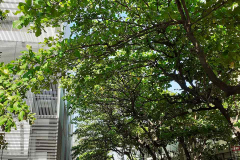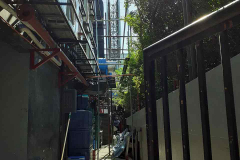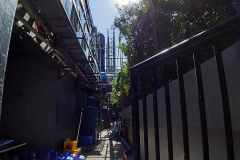After making its debut overseas, the Samsung Galaxy M20 is now available in the Philippines, with the base 3GB RAM and 32GB storage variant officially priced at P10,990 (around $210 converted) here.
Samsung’s latest smartphone is exclusively sold online, on Lazada, Shopee, Argomall, Abenson, and MemoXpress — at least for now. So any chance of picking one up in a physical store can take a back seat for the moment. Opting for online-only retail is a new direction for the Korean brand, but it’s not unprecedented; Samsung just adopted the same strategy it’s using for the Indian market.
Why, you ask? Well, the Galaxy M20 is a well-rounded phone that punches above its weight as a Samsung phone, for one. This isn’t your usual Samsung offering in the low end; the Galaxy M20 is actually likable, and we wouldn’t be surprised if it ends up being one of the most popular budget handsets of the year.
SEE ALSO: Philippine launch date of Samsung Galaxy A30, A50 confirmed
Of course, this wouldn’t be possible without Samsung skipping the traditional way of selling through offline sales channels, which costs more than online retail. Whether that strategy will work, or will be sustained, remains to be seen. But if it proves successful, it could set the company up as a legitimate contender in the value segment. Which would be ironic considering Samsung has historically favored premium devices that pull in the most profits.
Back to the Samsung Galaxy M20: It doesn’t look particularly attractive, especially the black unit we used to take photos with. Sure, the front has a tiny, unobtrusive notch, but we can say the same about plenty of other affordable handsets out there.
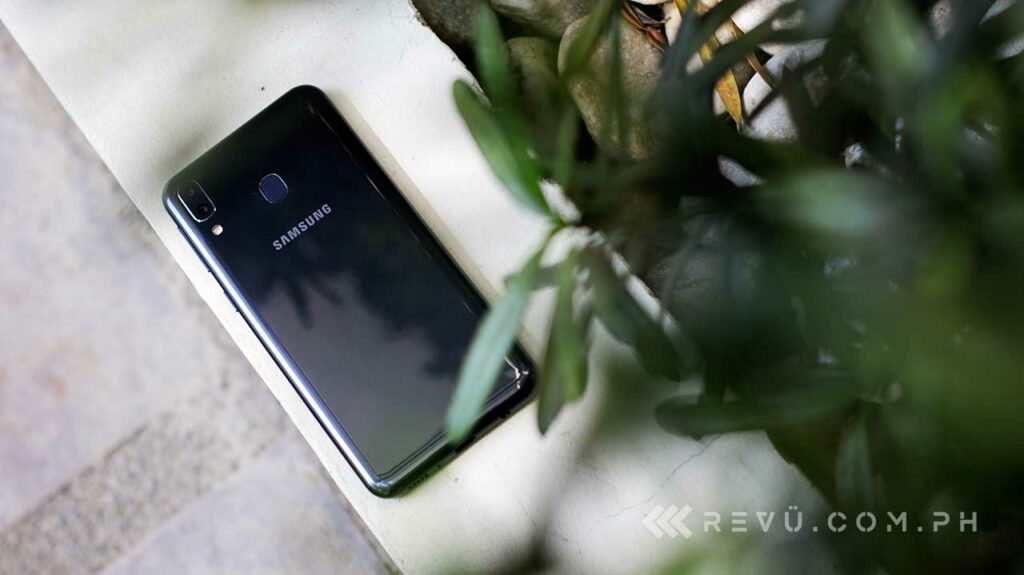
The Samsung Galaxy M20’s rear panel is made of plastic
Its back is mostly made of plastic — glossy and attracts fingerprints aplenty. Some micro scratches, likely due to wear, were apparent on the phone we got our hands on. That said, we recommend getting a case for your unit as soon as it arrives and not worry about dropping it and wrecking its exterior.
Another immediate observation is that the Galaxy M20 is quite heavy for its size. This is expected because of the 5,000mAh battery inside, and the weight likely won’t bother you too much unless you snap on one of those awkwardly bulky cases.
There’s a slight camera hump on the back, which is common even among modern smartphones. The fingerprint reader, also found on the rear panel, performs accurately, though we would have wanted to see it further down the body to make it easier to locate and use.
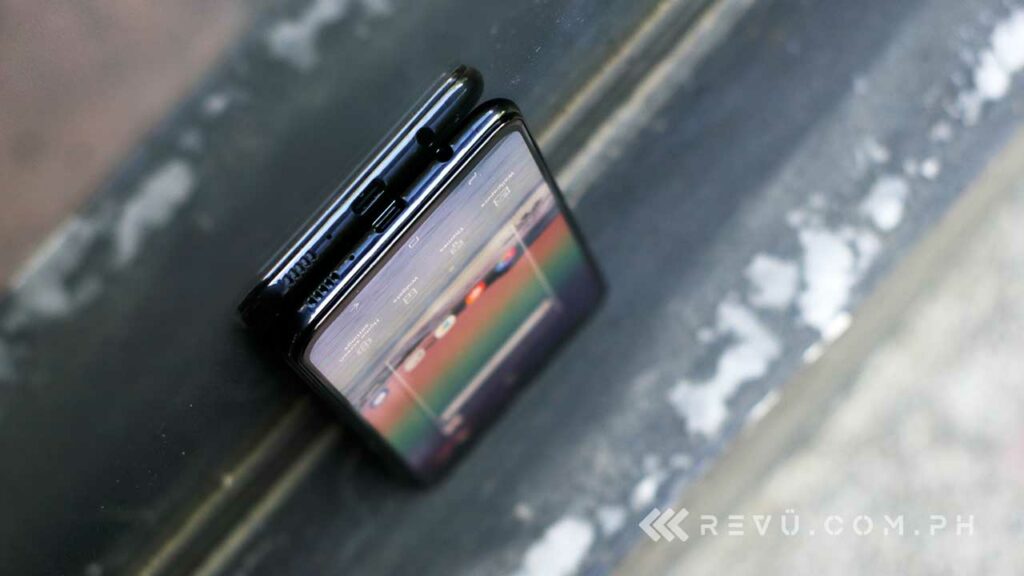
At the bottom is a USB-C port, next to the single speaker. Needless to say, the Galaxy M20 supports fast charging and comes with a 15-watt wall adapter that can get the battery from zero to 10 percent after 10 minutes plugged in
There’s a single speaker at the bottom of the handset, next to the USB-C port. The Samsung Galaxy M20 supports fast charging out of the box and comes with a 15-watt wall adapter that can get the battery from zero to 10 percent after 10 minutes plugged in. The left-hand side holds the SIM and dedicated memory-card tray, and on the right, there’s a volume rocker and a power button below it.
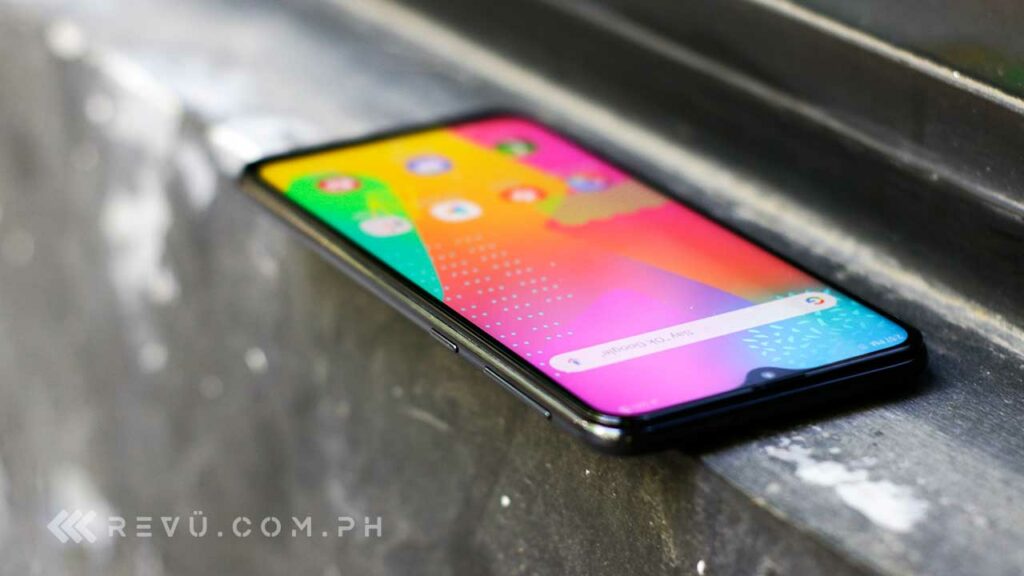
On the right of the Samsung galaxy M20, there’s a volume rocker and a power button
The screen itself measures 6.3 inches and has a reasonably sharp resolution of 2,340 x 1,080. But it’s a TFT panel, not Super AMOLED or IPS, which are both superior display technologies.
In our testing, though, we found the screen fused to the Galaxy M20 to be a good performer, and colors are rendered with pleasing accuracy and vibrancy without looking oversaturated. The viewing angles are wide. Outdoor visibility isn’t an issue, too. Quality-wise, it’s better than we expected.
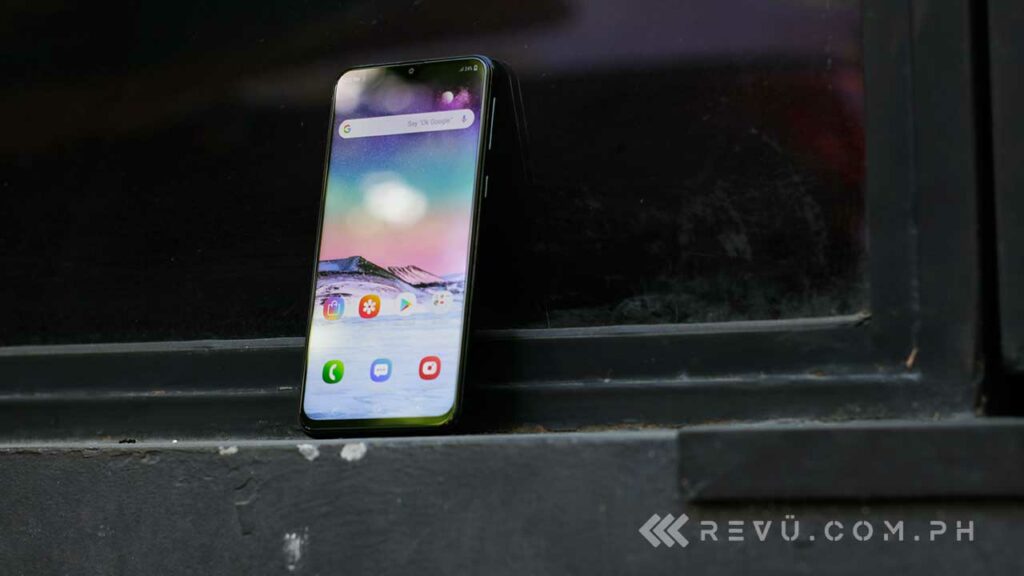
The screen’s outdoor visibility isn’t an issue
Moving to the camera array on the back, the Samsung Galaxy M20 carries a 13-megapixel primary camera with a regular focal-length lens and a 5-megapixel ultra-wide-angle option. The secondary camera isn’t a telephoto one, which you’re probably familiar with. They work independently of one another and offer decent picture quality in broad daylight.
Regular vs ultra-wide
The selfie camera sees an 8-megapixel sensor behind an f/2.0 lens is decent, not spectacular, and portrait mode is not as great as the one seen on other similarly priced handsets. It’s fine for casual snaps.
[sciba leftsrc=”https://www.revu.com.ph/wp-content/uploads/2019/03/Samsung-Galaxy-M20-sample-selfie-picture-review-Revu-Philippines.jpg” leftlabel=”Auto mode” rightsrc=”https://www.revu.com.ph/wp-content/uploads/2019/03/Samsung-Galaxy-M20-sample-selfie-picture-portrait-mode-bokeh-Revu-Philippines.jpg” rightlabel=”Portrait mode” mode=”horizontal” width=”533″]Auto mode vs Portrait mode (with bokeh effect). The latter is not as great as the one seen on other similarly priced handsets
[sciba leftsrc=”https://www.revu.com.ph/wp-content/uploads/2019/03/Samsung-Galaxy-M20-sample-selfie-picture-review-Revu-Philippines-a.jpg” leftlabel=”Auto mode” rightsrc=”https://www.revu.com.ph/wp-content/uploads/2019/03/Samsung-Galaxy-M20-sample-selfie-picture-portrait-mode-bokeh-Revu-Philippines-a.jpg” rightlabel=”Portrait mode” mode=”horizontal” width=”711″]Another set of selfies captured on the Samsung Galaxy M20: Auto mode vs Portrait mode (with bokeh effect)
It should be noted, however, that the wide camera is fixed focus like the Samsung Galaxy A9. This limits its use to landscape photography; you can’t use it to shoot objects up close unless you crop heavily into the photo.
Samsung’s new octa-core Exynos 7904 powers the Galaxy M20. The processor is mated to 3GB RAM and 32GB of storage in the base model, which is the one sold in the Philippines. We found the Galaxy M20’s day-to-day performance to be quite solid.
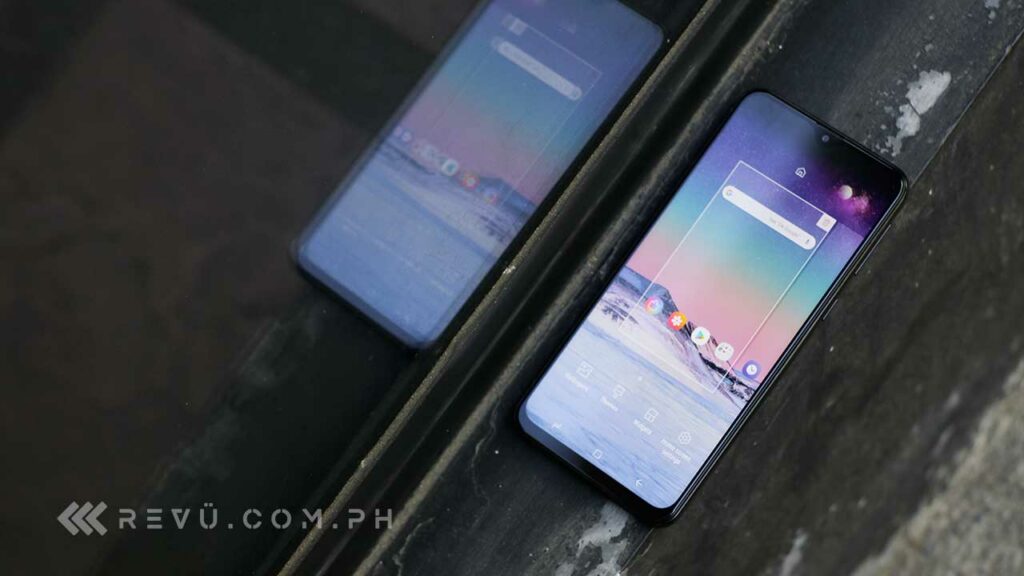
Multitasking on the Samsung Galaxy M20? Not a problem
Multitasking wasn’t a problem, too, even with just 3GB of RAM in the unit we tested. Unfortunately, we haven’t gotten the chance to actually run demanding games on the phone yet. The monster 5,000mAh battery should last days with normal usage.
Final thoughts
The Samsung Galaxy M20 is shaping up to be a promising, all-around solid entry in the budget segment. It’s got a pretty sizable display with minimal bezels, an ultra-wide-angle camera, a processor that can handle most of your daily tasks without slowing down, and a battery that should have no trouble lasting you all day. At P10,990 ($210) for the starting model, you’re getting a good mix of features and specifications for the price.
Finally, we seem to be getting a good budget smartphone from Samsung.
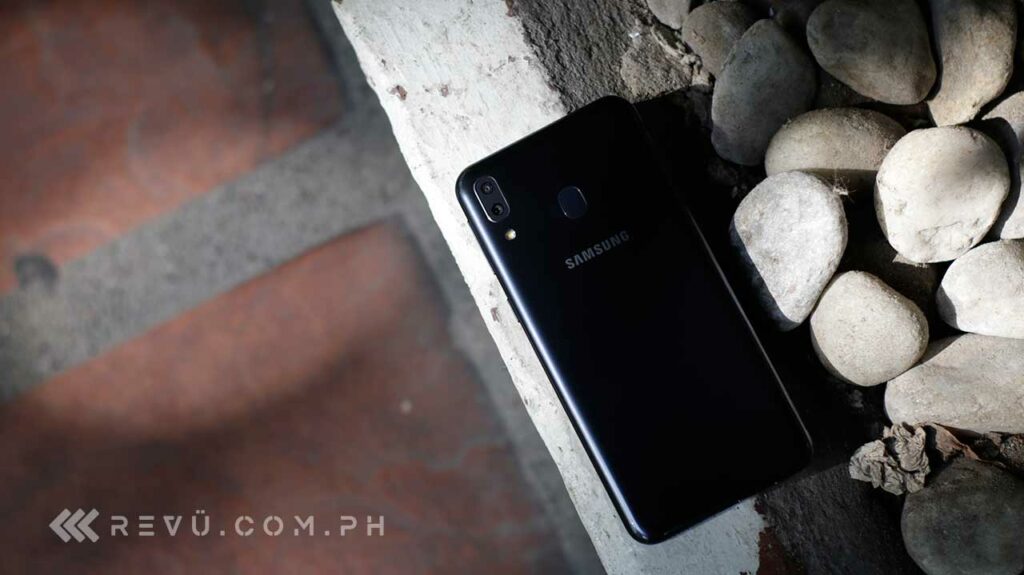
The Samsung Galaxy M20 is shaping up to be a promising, all-around solid entry in the budget segment
Samsung Galaxy M20 specs
- 6.3-inch IPS-LCD display, 2,340 x 1,080 resolution, 19.5:9
- Octa-core Samsung Exynos 7904 processor
- Mali-G71 MP2 GPU
- 3GB/4GB RAM
- 32GB/64GB
- 8-megapixel front camera
- 13 megapixels + 5 megapixels (ultra-wide)
- Rear-mounted fingerprint sensor
- Samsung Experience 9.5 based on Android 8.1 Oreo
- 5,000mAh battery with fast charging via USB Type-C
Share this Post


